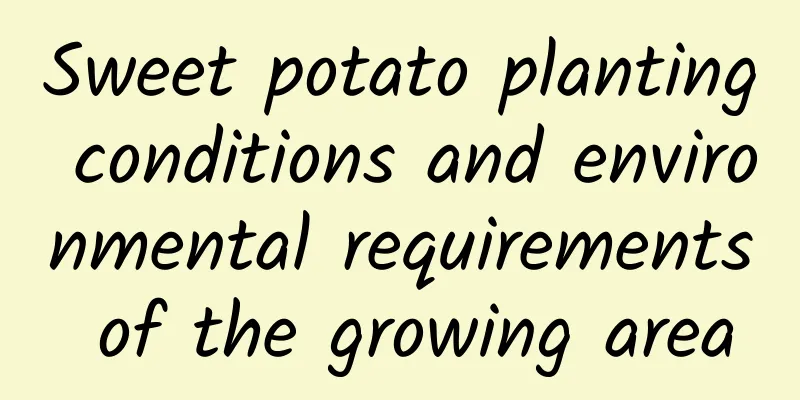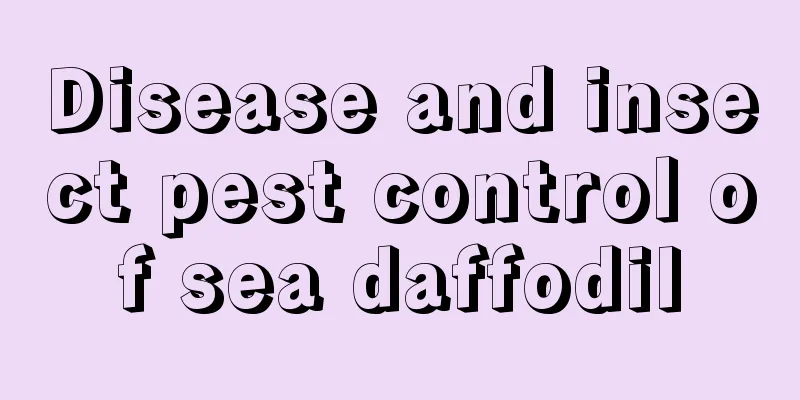Why do apples need to be bagged? The role of bagging apples on trees

|
Apple is a deciduous tree, usually up to 15 meters high, but cultivated trees are generally only about 3-5 meters high. The trunk is gray-brown and the bark is somewhat detached. The flowering period of apple trees depends on the climate of each region, but it is generally concentrated in April and May. In addition, apples are cross-pollinated plants, and most varieties cannot produce fruits through self-pollination. The role of bagging applesBagging apples is not only time-consuming and laborious, but it also brings many benefits. 1. Bright coloring Bagging can significantly improve the coloring of the fruit, reaching full red fruit, with a smooth and beautiful surface, no rust, and good appearance. This avoids the phenomenon of increased one-way light exposure when not bagged, and the coloring area after bagging is more than 90%, thereby improving the commercial quality of the fruit. 2. Prevent diseases and pests After bagging, the fruit is isolated from the outside world, and pathogens and pests cannot invade, which can reduce the infection caused by diseases and ensure a better appearance of the fruit. For example, bagging can effectively prevent and control diseases and pests such as ring rot, sooty mold, leaf spot, pox, peach borer, and pear spring thorn. 3. Reduce hail damage Hail often occurs in the young fruit stage, when the fruit is still small and hanging in the bag. If the hail falls on the swollen bag, it will slow down its mechanical impact and protect the fruit from damage. According to our investigation, when bagged apples are damaged by small hail, bagged fruit are not damaged. When unbagged fruit are severely damaged by hail, bagged fruit are less damaged. For example, the hail disaster in Shandong this year caused a lot of losses to many fruit farmers. Is it better to bag apples or not? 1. From the perspective of pesticide application Bagging apples is conducive to the production of green food. After all, the fruits do not come into direct contact with pesticides, and the number of spraying times can be reduced. Then, apples in unbagging orchards need to be sprayed with pesticides 8 times a year, while apples in bagged orchards generally only need to be sprayed 4 to 5 times. This can effectively reduce the amount of pesticide residues and is conducive to the production of pollution-free green food. 2. From the perspective of economic benefits The economic benefits of bagging apples during planting are definitely higher. In recent years, the apple market has shifted from a seller's market to a buyer's market, and merchants have increasingly stringent requirements for fruit quality. Although some orchards have high yields, their commodity rate is low and their benefits are not good. Bagging can increase the commodity rate of orchards to about 90%, and the fruit surface is tender and smooth, with bright colors, excellent appearance, low pesticide residues, high selling price and easy sales. From the market sales situation, the price of bagged fruit is about twice that of unbagged fruit, and the supply is in short supply. |
Recommend
How to cultivate copper coin grass (hydroponic and soil cultivation methods)
1. Soil culture 1. Soil: It is not very demanding...
Winter care of succulent plants Oplina
Morphological characteristics and growth habits o...
Where is kumquat suitable for planting
Kumquat planting area Generally, kumquat is suita...
Her Kalanchoe fills a whole pot, but yours only has a few flowers. Why?
Now is the season when Kalanchoe blooms. I believ...
What fertilizer is best for lilies?
Fertilizing lilies Lily likes fertilizer. It pref...
How to sow Oxalis seeds
Oxalis seeds sowing time Oxalis is suitable for p...
What does a fortune tree look like? Is it better to have a single pole or a braided one?
1. Morphological characteristics 1. Branches and ...
Cultivation methods and precautions of Buddha's fragrance (How to grow Buddha's fragrance tiger skin orchid)
The Buddha's fragrant tiger skin orchid is al...
How to reproduce Pittosporum tobira
1. Seeding method Pittosporum has its own seeds, ...
Can soybeans be hydroponically cultivated? Hydroponics cultivation methods and precautions
Can soybeans be grown hydroponically? Soybean spr...
How to cultivate Jade Leaf Golden Flower
1. Maintenance methods 1. Temperature: The temper...
When is the best time to plant Polygonum multiflorum?
Polygonum multiflorum is the root of a perennial ...
How many kilograms does the yield of Hancai per mu of land reach?
Yield of Chinese vegetables per mu Hancai refers ...
How to prune Phoenix bamboo
Pruning time of Phoenix bamboo Phoenix bamboo can...
Methods and precautions for propagation of wolfberry by cuttings
Wolfberry cutting time Wolfberry is generally pro...









